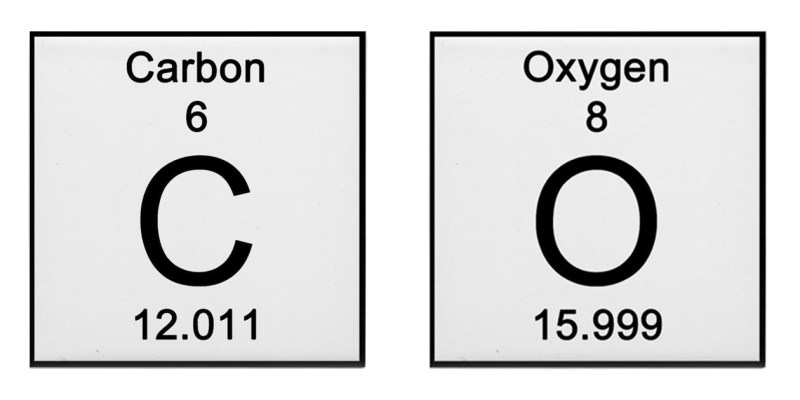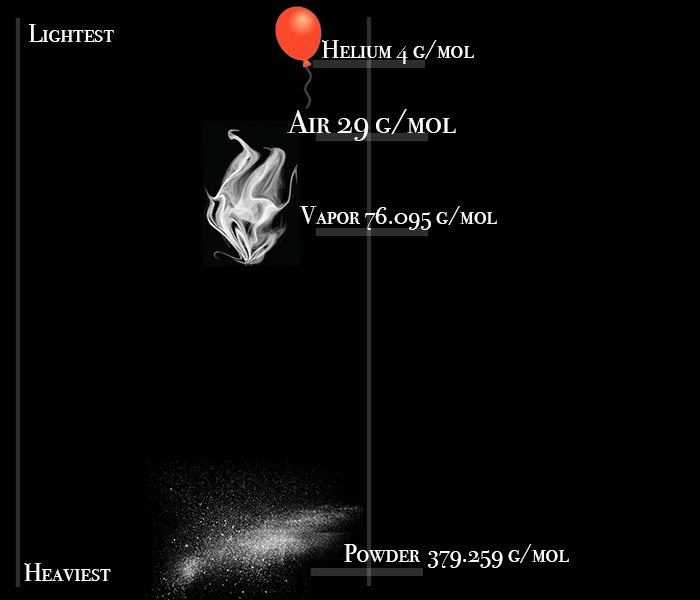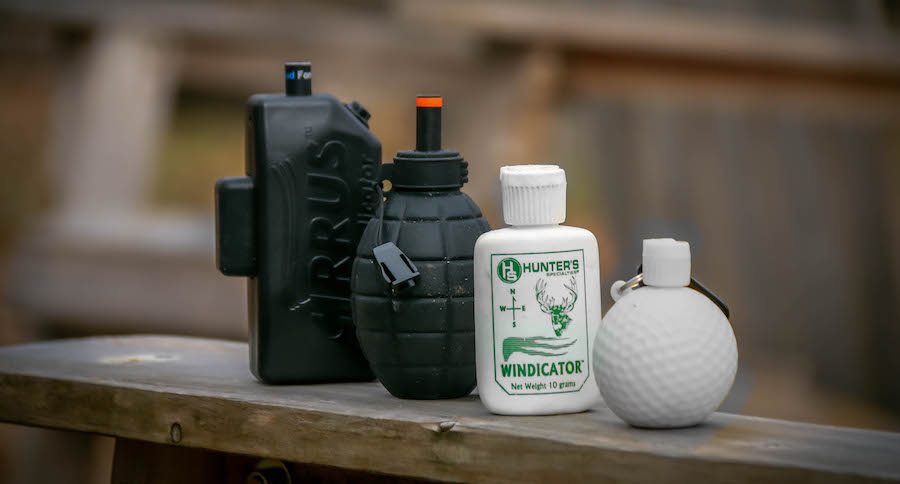We took a scientific look at the difference between vapor technology and traditional powder wind indicators.
As a whitetail hunter, knowing the wind direction is paramount. There are many different types of wind indicators on the market, but there has never really been a true breakdown as to which may or may not work more efficiently.
Of course, when we think of indicating the wind, sometimes a simple wet finger or falling leaf can tell us all we need to know. We know milkweed, down feathers, and other DIY wind indicators work really well also.
Truth be told, we can usually get away with these DIY-type indicators, but what about the other times? What about the thermals and the slightest of air movement that could ultimately ruin an entire hunt?
I am a numbers guy. I also have to see to believe. Ultimately, that is where the idea for this all came from. I started hunting this year with vapor style wind indicators after years of telling myself I didn't need one. The first few hunts I wasn't really impressed all that much. It told me what I already knew: which way the wind was blowing. These were on fairly windy or breezy days, and they really weren't any better than what I had been using.
The first noticeable difference

I first began to realize a difference when I got a better understanding of thermals. In fact, I knew enough about thermals after getting busted by a buck that was completely "upwind," meaning I had to devote more time to figuring them out.
When I first started messing around with the vapor wind indicator in the mornings and evenings when the winds were at their calmest, I was able to understand what the thermals were doing with my scent. Not only that, I was able to see the slightest of air movement coming across my body and watch where it was traveling.
This made me question if powder or even a milkweed could do the same, and I am now skeptical it can. Very slight winds, yes, but thermals and ultra-light winds aren't strong enough for the powder and milkweed to show the air movement.
Gravity pulls at them and brings them down to the ground regardless of a thermal's influence. My vapor wind indicator, however, does not. In fact, it stays in the air and maintains a cloud-shaped form when there's less air movement. This makes it easier to see the further it gets away from my body.
This is when I knew I was headed for the science side of things, because I wanted to see if there was a true difference. I wanted to prove it scientifically, rather than just anecdotally, before I began sharing my opinion with the world. What I found was actually quite impressive.
Comparing molecular weight
According to PubChem, a website database of chemical molecules and their activities against biological arrays, I was able to compare the molecular weight of the powder wind indicator and the vapor-style wind indicator. I found that powder, or Talc Powder, carries a molecular weight of 379.259 g/mol. Vapor, or propylene glycol, on the other hand, only had a molecular weight of 76.095 g/mol.
So what do these numbers mean? I first looked at Helium and compared it to Oxygen. Oxygen has a molecular weight of 16 g/mol. Helium has a molecular weight of 4 g/mol, this information can easily be found on most periodic tables. When you look at helium in comparison to oxygen, helium "floats" because well, oxygen is heavier.

So how does that compare to, say, CO or Carbon Monoxide? There's a reason you usually place carbon monoxide detectors in the middle of a wall, rather than near the ceiling or the floor; it's because the molecular weight of CO is not much greater than air.
Air, which consists of about 80% nitrogen and 20% oxygen, has a molecular weight average of 29 g/mol. Carbon Monoxide is one part Carbon and one part Oxygen. Carbon has a molecular weight of 12 g/mol, and Oxygen is 16 g/mol. Together, Carbon Monoxide has a molecular weight of 28 g/mol, which is nearly the same as air. It also is about one third that of the vapor wind indicator molecular weight. The difference is you can see vapor, you cannot see carbon monoxide.

In the grand scheme of things, vapor technology might just be the lightest and closest thing to air that is also visible to the human eye. When you compare the molecular weight of vapor and the molecular weight of air, there really isn't a crazy amount of difference. However, the molecular weight of powder is over 13 times the molecular weight of air, as opposed to just three times when looking at the molecular weight of vapor.
I'm no Bill Nye, and I am certainly not saying you should never use powder wind indicators to detect a majority of your wind direction while hunting. I am simply letting you know: If you have yet to try any of the vapor-style wind indicators, the difference comes down to science.
Like what you see here? You can read more articles by Dustin Prievo here. Follow him and his hunting team, Top Pin Outdoors, on Twitter, Facebook and Instagram.
NEXT: WE PUT THE SCENT CRUSHER ROLLER BAG TO THE ULTIMATE TEST: FIREFIGHTER AND HOCKEY GEAR
WATCH




